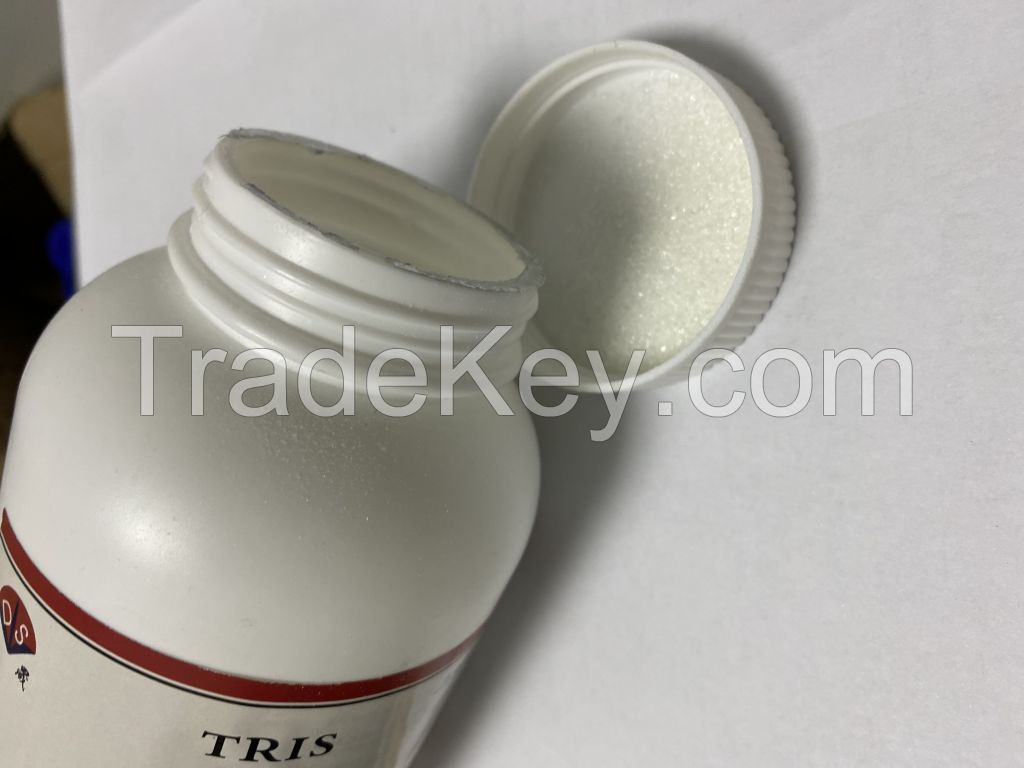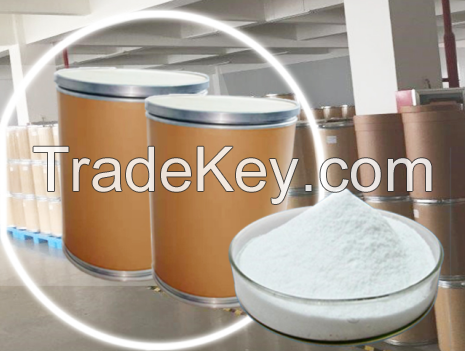




سعر فوب
أحصل على آخر سعر( Negotiable )
|500 Gram Minimum Order
بلد:
China
نموذج رقم:
DS-TRIS-03
سعر فوب:
( Negotiable ) أحصل على آخر سعر
الموقع:
Ezhou city,Hubei province,china
سعر الحد الأدنى للطلب:
-
الحد الأدني للطلب:
500 Gram
تفاصيل التغليف:
500g / bottle, 25kg / barrel
موعد التسليم:
5 days
القدرة على التوريد:
100 Ton per Month
نوع الدفع:
T/T, L/C, PayPal, Other
مجموعة المنتج :
الشخص الذي يمكن الاتصال به jing zhao
Business Address:C8-2, Optics Valley United Technology City, Huarong District, Ezhou, Hubei
The transfer
buffer contains a variety of ingredients that promote protein
transfer. The optimization of the buffer is based on the type of
transfer system used (wet transfer or semi-dry transfer), the type
of gel used, the choice of membrane, and the protein of interest.
The transfer buffer must have a strong buffering capacity to keep
the conductivity and pH stable during the transfer process. The pH
of the buffer must be different from the isoelectric point (pI) of
the related protein, otherwise the protein will not
transfer.
The most common
buffer is Tris (Tris) with a pH of 8.**8.5, which is higher than
the pI of most proteins. When transferring high molecular weight or
basic proteins, higher pH buffers such as CAPS or carbonate can
also be used.
The traditional
transfer buffer contains a buffer system, methanol, and Tris
glycine buffer, and is often used in tank transfer systems. The pH
of this buffer is 8.3, which is higher than the isoelectric point
of most proteins. The proteins separated on the gel are negatively
charged and migrate toward the anode. Since the buffer in the tank
is mixed, the ion distribution during the transfer process remains
relatively constant.
The semi-dry
system can be operated with a single or three buffer system. Three
buffers are used because transfer is an isotachophoresis process in
which the protein moves between the leading ion and the trailing
ion. In some cases, the three buffer system can achieve better
quantitative transfer. These buffers are:
1. Anode buffer I:
0.3 M Tris, pH *0.4
2. Anode buffer
II: *5 mM Tris, pH *0.4
3. Cathode buffer:
*5 mM Tris and *0 mM ε-aminocaproic acid, pH 9.4
The anode buffer I
neutralizes the excess protons generated on the surface of the
anode plate. The pH value of anode buffer II and anode buffer I are
the same, but the Tris concentration is as low as *5 mM. The
cathode buffer contains ε-aminocaproic acid as a trailing ion
during the transfer process and is gradually depleted in the
cathode buffer as it moves through the gel to the anode. Which
single buffer is used in the semi-dry system depends on the
specific situation.
Although the
buffer system defined above is suitable for most protein transfers,
it is recommended to use *0 mM CAPS buffer when it is suitable for
different applications, especially in protein sequencing
applications. Any modification of buffer strength and composition
should be done carefully to ensure that the transfer device does
not overheat.
| بلد: | China |
| نموذج رقم: | DS-TRIS-03 |
| سعر فوب: | ( Negotiable ) أحصل على آخر سعر |
| الموقع: | Ezhou city,Hubei province,china |
| سعر الحد الأدنى للطلب: | - |
| الحد الأدني للطلب: | 500 Gram |
| تفاصيل التغليف: | 500g / bottle, 25kg / barrel |
| موعد التسليم: | 5 days |
| القدرة على التوريد: | 100 Ton per Month |
| نوع الدفع: | T/T, L/C, PayPal, Other |
| مجموعة المنتج : | Tris(Hydroxymethyl)Aminomethane |